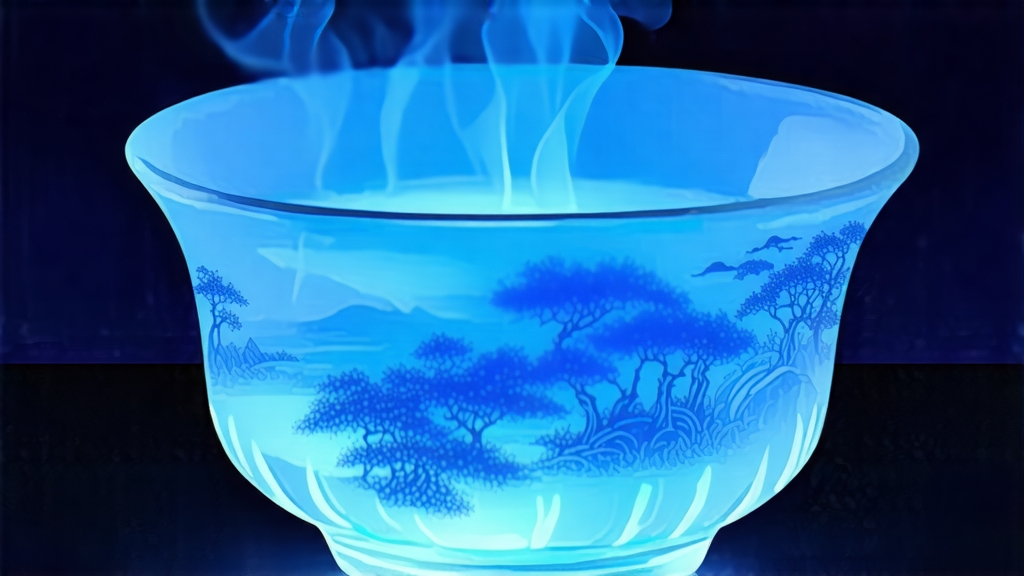
If green tea is the youthful face of Chinese tea and pu-erh its venerable elder, then white tea is the quiet poet who arrives late to the party, speaks softly, and leaves everyone wondering why the room still smells like fresh apricots and spring rain. Among the six major families of Chinese tea, white tea is the least tampered with: no pan-firing, no rolling, no charcoal roasting—only air, time, and the judgment of a watchful maker. Within this minimalist lineage, Silver Needle, or Bai Hao Yin Zhen, is the most rarefied expression: a tea composed entirely of unopened buds, each one clad in silvery down so dense it looks as though the leaf has been dipped in frost.
History: from imperial elixir to Cold-War curiosity
The first written record of “white tea” appears in Song dynasty treatises (960-1279 CE), but those texts refer to a compressed cake made from broad-leaf varieties in neighboring provinces, not to the bud-only Silver Needle we know today. The modern pedigree begins in the 1790s around Taimu Mountain in Fuding County, Fujian, where tea farmers discovered that the local Da Bai Hao cultivar—literally “Big White Down”—produced buds whose pubescence was both unusually thick and richly aromatic. For a century the tea remained a local luxury, presented to the Qing court as “gong cha” (tribute tea) and believed to cool the blood after an excess of rich Manchu banquets. International fame arrived almost by accident: when the Trans-Siberian Railway opened in 1916, Russian merchants in search of light, non-perishable goods for the long journey bought compressed white tea cakes. Word of the delicate liquor reached European apothecaries, who marketed it as “white Chinese tea for the nerves,” and by the 1920s Silver Needle was selling in London for more than first-flush Darjeeling. The Cultural Revolution interrupted exports; state farms converted the bushes to black tea for the Soviet bloc. Only in 1985, when Beijing re-opened specialty auctions, did Silver Needle re-emerge, this time aimed at Japan and newly wealthy Taiwan. Today Fuding County limits picking permits to fewer than twenty days each spring, and the finest lots are pre-sold to collectors in Shenzhen and Singapore before the buds have even left the farm.
Micro-terroir: why Fuding’s fog matters
Although neighboring Zhenghe County also produces Silver Needle, connoisseurs prize Fuding for its maritime climate. The East China Sea lies only 30 km away; nightly sea breezes collide with cool mountain air, forming a 200-meter fog belt that acts like a natural shading cloth. The slower photosynthesis increases amino acids—especially L-theanine—while keeping catechins low, yielding the tea’s signature sweet-savory balance. Soils are weathered granites rich in potassium and fluorine, elements that thicken cell walls and allow the buds to stand upright during the long wither, preventing the “hook” that cheaper needles from inland provinces often display.
Cultivars: the two faces of down
- Fuding Da Bai Hao: the classic. Buds average 2.8 cm, down density 9–11 %. Liquor is pale champagne with notes of honeydew and white peach.
- Zhenghe Da Bai: slightly broader bud, down 7–8 %. Higher polyphenol content gives a warmer, almond-like cup and a longer aftertaste that some liken to blanched marzipan.
Purists insist that anything not from these two lineages is simply “needle-shaped white tea,” not true Yin Zhen. In recent years experimental plantings in Yunnan have appeared, using Assamica-type buds; they are attractive—golden down against burgundy leaf—but lack the cool-weather refinement for which Silver Needle is celebrated.
Craft: the art of doing almost nothing
Picking begins when the morning dew point drops below 16 °C, usually between March 15 and April 5. Only buds that have reached “fish-hook length” (2.3–3.0 cm) but remain unopened are plucked by thumbnail to avoid the bruising that scissors can cause. Within thirty minutes the buds are spread on bamboo trays, 1.5 kg per square meter, and wheeled into a two-stage withering room.
Stage 1: active wither, 28 °C, 65 % RH, 8–10 h. Constant airflow from below